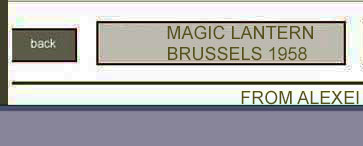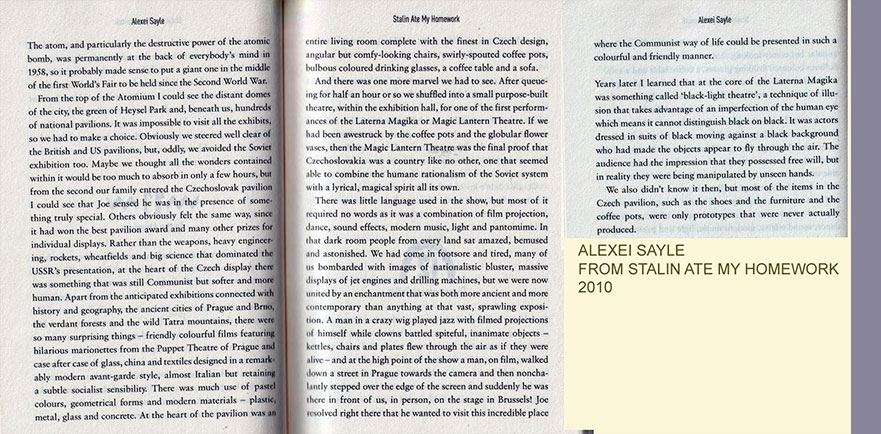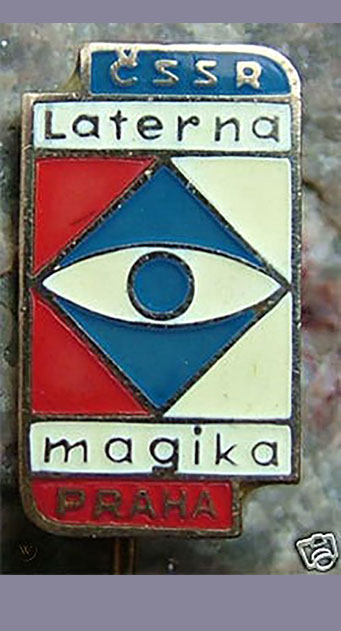 |
|
 |
|||
|
|
|||||
|
|
 |
||||
|
|
 |
 |
|||
 |
|||||
|
|
|
|
|
|
|
Expo 1958 also saw the first performance of the legendary Laterna Magika or Magic Lantern Theatre, which used a combination of film projection and dance, sound, light and pantomime in place of words.
Alexej Kusák, an art historian, wrote for a Czech cultural magazine: “For us it was a miracle to travel abroad. Indeed for most Czech journalists it was the first opportunity to travel to the West. It was a period of cultural liberalization. Artists who were already known but didn’t have that many possibilities to present their work could take part at this event. At the centre of attention was Jiří Trnka, who presented his film puppets, and the country’s top glass and china artists. Their work was, of course, linked to the Avant-garde period of the First Republic.” |
|---|
The project was entrusted to the stage director Alfred Radek, and the set designer Josef Svoboda, who duly brought to fruition the idea of combining film projection and live stage performance. The other creators who participated in the project included Jaroslav Stránský (production manager and head of the staging plan), Milos Forman (set designer)...... The programme took the form of a mixed bill made up of individual numbers connected by a presenter's performances, which were pre-recorded in several languages and screened in a manner that came across as a seeming interaction of the actress on stage with her images and between each of these. The same principle was applied in the design of the other numbers, which made use of music, dance and live acting. The project was given the title "Laterna magika" and was instrumental in Czechoslovakia's success. |